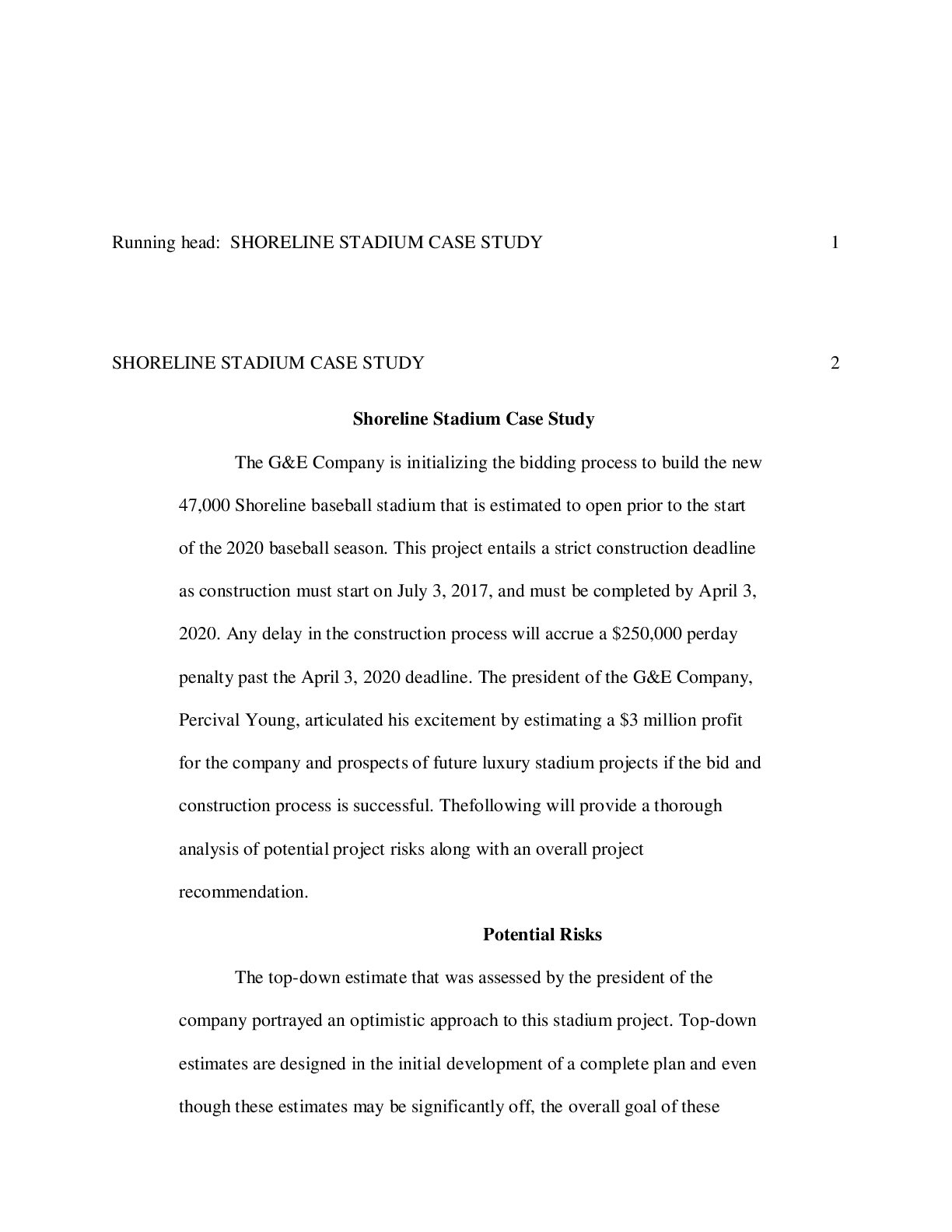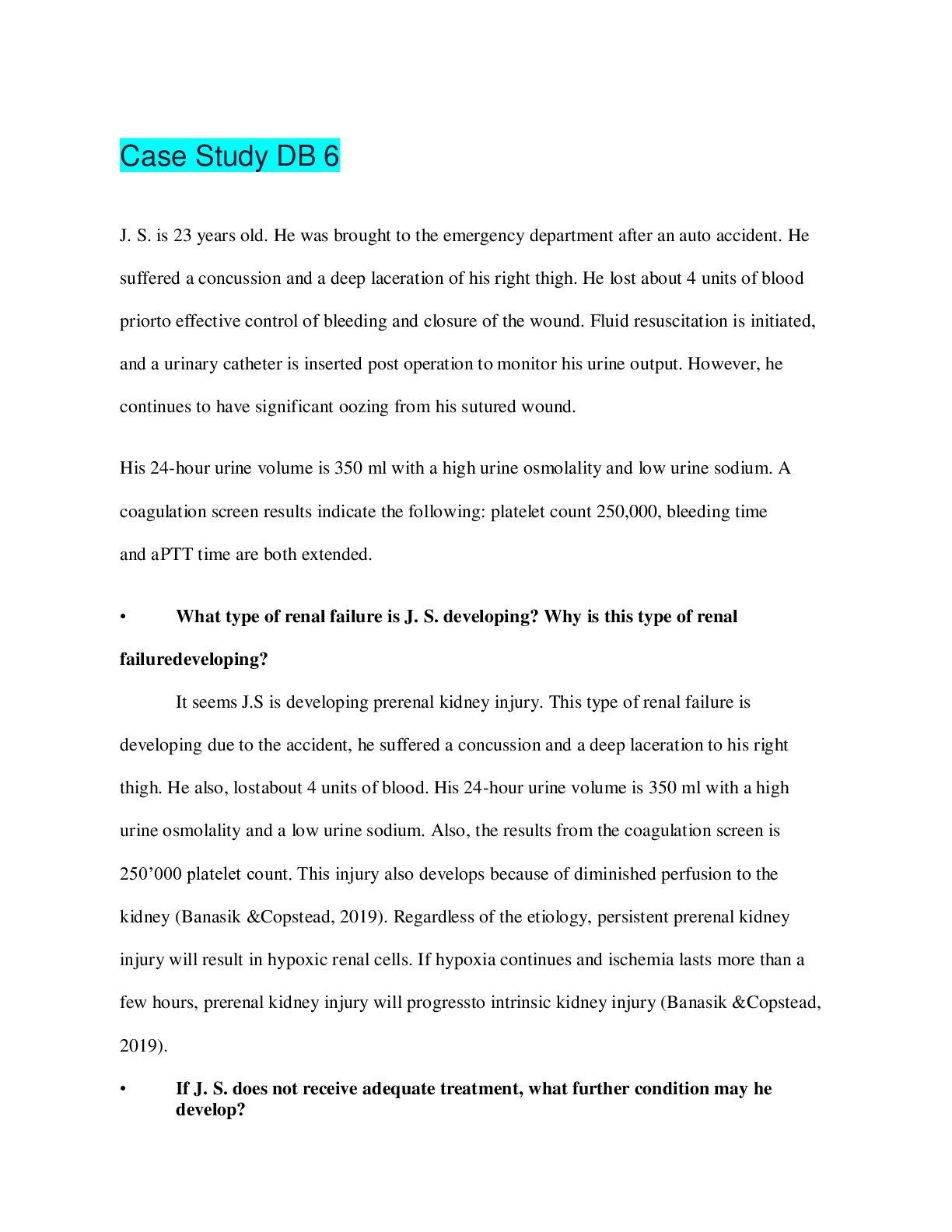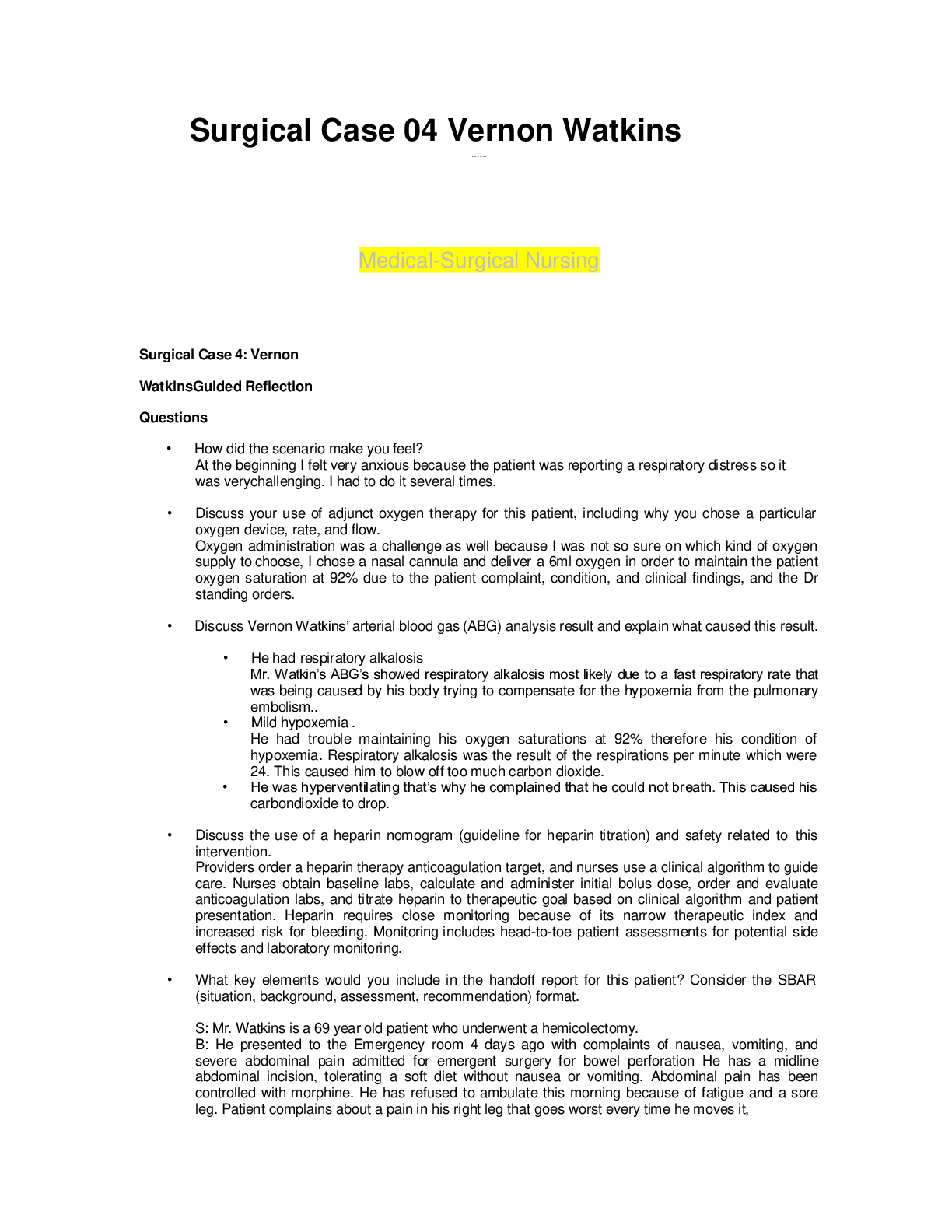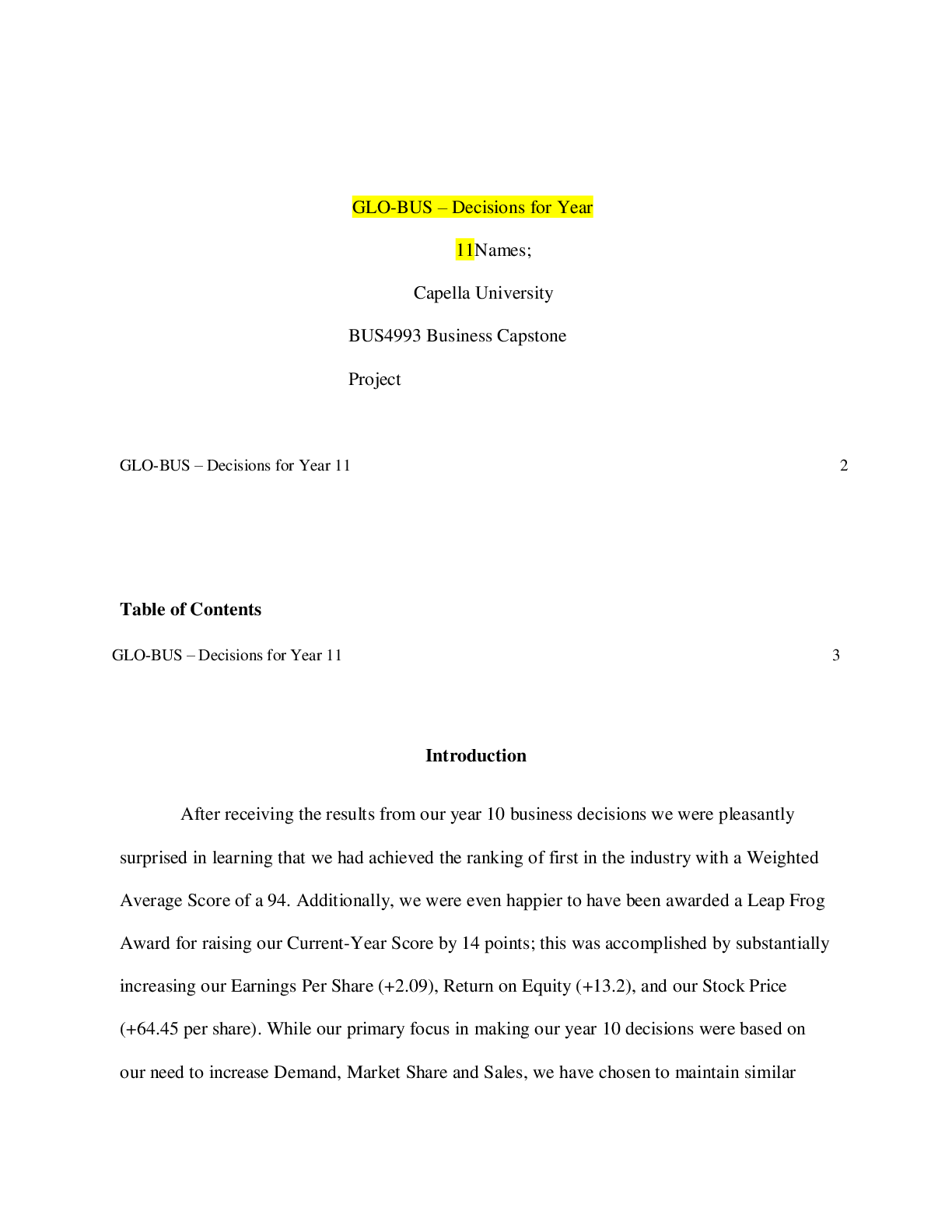Health Care > CASE STUDY > Health Promotion in Minority Populations Lizetter Anu Grand Canyon NRS 429 (All)
Health Promotion in Minority Populations Lizetter Anu Grand Canyon NRS 429
Document Content and Description Below
To impact lifestyle and behavior, health promoters should consider the attitudes, culture, values, and life situations of the individual. If the United States is to realize salutary changes in the hea... lth status of minority populations, health specialists and creators of programs must manage the extraordinary diversity of America’s populations (Mama, McCurdy, Evans, Thompson, Diamond & Lee, 2015). It is projected that minority populations in the U.S will make up an increasing portion of the U.S population in the future. For instance, nearly 40% of school-age Americans will be children from minority groups (James, Moonesinghe, Wilson-Frederick, Hall, Penman-Aguilar & Bouye, 2017). Although there is an overall improvement in the health of Americans, there are still ethnic and racial disparities. These disparities are most evident among minority populations (African Americans, American Indians and Alaska Natives, Hispanics, and Native Hawaiians and Pacific Islanders) suffering from preventable diseases. Focusing on Hispanics, the paper analyses the health status of the minority group- health disparities, barriers to health, health promotion activities practiced by the population, levels of health promotion prevention, and culturally competent health promotion for Hispanics. Identification and Description of Selected Minority Group The U.S Hispanic population, the largest minority group in the U.S, is diverse. In 2014, Hispanics comprised 17.4% of the U.S population and this number is projected to rise to 28.6% by 2060 (Velasco-Mondragon, Jimenez, Palladino-Davis, Davis & Escamilla, Cejudo, 2016). The group’s heritage can be traced to Spanish-speaking countries in Latin America and Spain- with diverse economic and demographic profiles. This population includes any individual of Cuban, Mexican, and other Spanish culture or origin, irrespective of race. Hispanics contribute to the cultural diversity, economy, and health of the country (Velasco-Mondragon et al., 2016). As such, it is crucial to assess the population’s health status and needs to inform the formulation of health policy and program implementation. The social determinants of health have modified the epidemiologic profile of Hispanics. Cancer is the leading cause of mortality in the population, followed by cardiovascular diseases and unintentional injuries. Hispanics face great health risks including obesity, tobacco use, and teen pregnancy among other major risks (Velasco-Mondragon et al., 2016). Considerable differences in risk factors, mortality, morbidity, and healthcare access are also evident among the group by country of origin. The most common causes of disease among Hispanics are cancer, heart diseases, and high blood pressure. Despite tremendous advances in the diagnosis and treatment of chronic conditions, evidence shows that racial and ethnic minorities such as Hispanics and African Americans receiver lower quality of care than non-minority groups, and individuals of minority groups experience higher mortality and morbidity from different chronic diseases than non-minority populations (Siega-Riz, Sotres-Alvarez, Ayala, Ginsberg, Himes, Liu… Van Horn, 2014). According to the Institute of Medicine's (IOM) report on equal treatment, racial and ethnic disparities, which are often associated with poor outcomes still, exist. Health Disparities and Nutritional Challenges for Hispanics Hispanics have been unduly affected by poor conditions of everyday life, shaped by both social position and structural factors including income, macroeconomics, cultural values, and health services- referred to as the social determinants of health (SDH) (Velasco-Mondragon et al., 2016). SDH is involved in health disparities, which are defined as health conditions that often affect extremely specific ethnic, socioeconomic, and gender population subgroups (Siega-Riz et al., 2014). For instance, the population experiences significant socioeconomic issues that expose them to a greater risk of heart disease. Furthermore, Hispanics are more likely to lack coverage than Whites (Mama et al., 2015). Such differences increase the risk of chronic conditions among the Hispanics. The group faces various types of stress associated with discrimination, navigating the American health system, and adjusting to the culture. As such, the extreme levels of stress may at times contribute to a higher risk for heart disease. [Show More]
Last updated: 2 years ago
Preview 1 out of 3 pages

Buy this document to get the full access instantly
Instant Download Access after purchase
Buy NowInstant download
We Accept:

Reviews( 0 )
$5.50
Can't find what you want? Try our AI powered Search
Document information
Connected school, study & course
About the document
Uploaded On
Mar 23, 2021
Number of pages
3
Written in
Additional information
This document has been written for:
Uploaded
Mar 23, 2021
Downloads
0
Views
96










.png)



